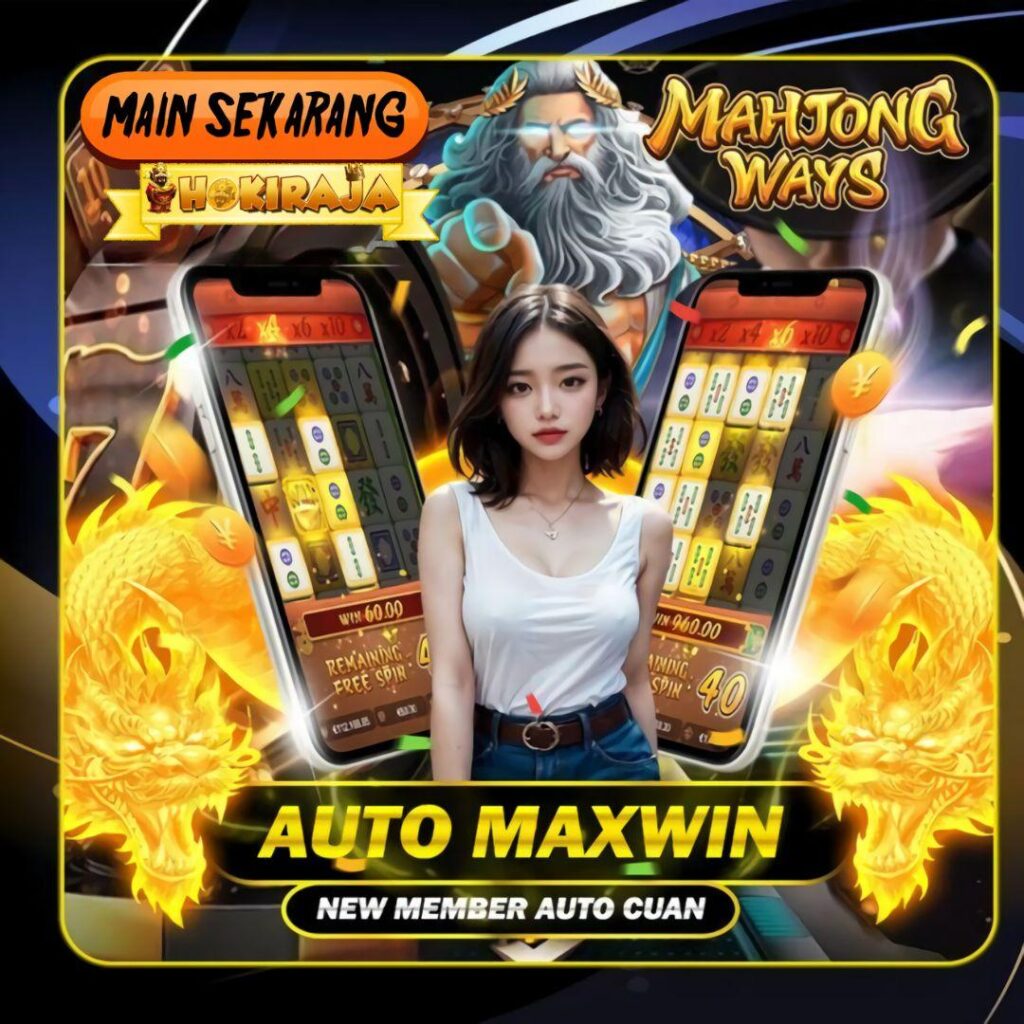Any company that wants to collect and convert internet visitors must be familiar with the tools available to them in the thriving digital marketplace where each click could result in a discovery or a sale. Product pages and landing pages play crucial roles in a digital marketing strategy, serving different purposes in the customer’s journey.
While they might seem interchangeable at first glance, the differences between product pages and landing pages are significant, influencing not only how they’re used but also their effectiveness in achieving your business goals.
Let’s learn more about them, shall we?
Exploring Product Pages
Imagine walking into a virtual storefront where each item on display has its spotlight, complete with details, specifications, and an invitation to purchase. This is the essence of a product page. Designed to provide comprehensive information about a specific product, these pages are the backbone of e-commerce websites.
They are where potential customers land when they’re interested in learning more about an item from search results or site navigation.
A well-crafted product page does more than just list features; it tells a product’s story. Through high-quality images, detailed descriptions, customer reviews, and sometimes videos, it aims to answer any questions a shopper might have.
The ultimate goal of a product page is to convince visitors of the value of the product and encourage them to make a purchase. Effective product pages are optimized for both user experience and search engines, ensuring they attract and engage potential buyers while also being easily discoverable.
Exploring Landing Pages
Now, picture a specialized page designed with a single focus or goal in mind, such as promoting a particular campaign, capturing leads, or highlighting a special offer.
This is the domain of the landing page. Unlike the product page, which is integrated into the broader structure of a website, a landing page stands alone, created for specific marketing campaigns or objectives. It is where visitors ‘land’ after clicking on an ad, a promotional link, or a search engine-marketed result.
The strength of a landing page lies in its focus and simplicity. It presents a clear call to action (CTA), such as signing up for a newsletter, registering for a webinar, or downloading a free guide.
The content is highly targeted, often tailored to the source of the traffic or the specific audience segment it aims to convert. By minimizing distractions and honing in on a single message or offer, landing pages are designed to maximize the conversion rate from visitor to lead or customer.
Product Pages vs. Landing Pages: The Key Differences
For starters, you should know that when it comes to a product page vs a landing page, their primary difference lies in their purpose and design.
Product pages serve as part of an e-commerce website’s catalog, aiming to inform and convert shoppers by providing detailed information about a product. In contrast, landing pages are campaign-specific tools focused on achieving a particular marketing goal, whether it’s lead generation, sales for a specific item, or promotion participation.
Another key difference is in their content and layout. Product pages often contain standardized information, including price, specifications, and customer reviews, catering to visitors at various stages of the buying process. Landing pages, however, are customized to match the intent of their targeted campaign, featuring persuasive copy, compelling visuals, and a clear CTA to guide visitors toward a specific action.
Which One Should You Use for Your Business?
Deciding whether to use a product page or a landing page depends on your business objectives and the nature of your campaign. If your goal is to drive sales for your overall product range through organic search or site navigation, optimizing your product pages is essential. They not only serve as the final decision point for purchases but also contribute to building your brand’s online presence and credibility.
On the other hand, if you’re running targeted marketing campaigns with specific objectives, such as launching a new product, promoting a sale, or generating leads, landing pages are your best bet. Their focused nature allows for tailored messaging that resonates with the intended audience, increasing the likelihood of conversion. Learn more here https://www.practicalecommerce.com/How-Landing-Pages-Convert-Visitors-into-Educated-Buyers.
In many cases, a combination of both might be the most effective strategy. Product pages ensure that your complete product range is presented and discoverable online, while landing pages can be used to highlight specific products or offers and capture leads through targeted marketing efforts.
Optimizing for Success
For product pages, optimization means ensuring that each page is not only informative but also engaging and search engine friendly. This involves high-quality images that showcase the product from various angles, detailed and keyword-rich descriptions that answer potential questions, and clear calls to action such as “Add to Cart” buttons.
Incorporating elements like customer reviews or Q&As can significantly boost trust and decision-making. Additionally, making sure these pages load quickly and look great on mobile devices is crucial in today’s increasingly mobile-first online environment.
Landing pages, while different in purpose, also benefit from optimization tactics focused on conversion. The design should be clean and free of navigation menus to limit distractions and keep the visitor focused on the call to action. The messaging should be concise and compelling, directly addressing the visitor’s needs or concerns and clearly stating the benefits of the offer.
Testing different elements of the landing page, such as headlines, images, and CTAs, through A/B testing can reveal insights into what resonates best with your target audience, allowing for continuous improvement.
Integrating Both into Your Digital Strategy
For businesses looking to maximize their online effectiveness, integrating both product pages and landing pages into their digital strategy offers a comprehensive approach. This involves leveraging the detailed, evergreen nature of product pages for ongoing sales and organic search traffic while deploying landing pages for targeted campaigns and specific objectives.
For example, a landing page can be used to promote a limited-time offer on a new product, directing traffic from paid ads or email marketing, while the product page for this product continues to attract visitors through organic search.
The integration also means ensuring consistency in branding and messaging across both types of pages, providing a cohesive experience for the customer regardless of how they arrive at your site. This consistency helps in building brand recognition and trust, further supporting conversion and customer loyalty.
Additional Considerations
When deciding on the focus of your digital presence, consider your business model, target audience, and product or service complexity. For businesses with a broad range of products, well-optimized product pages are indispensable for allowing customers to explore and purchase across your catalog.
For those launching a new product or targeting a specific audience segment, landing pages can provide the focused narrative and persuasive push needed to convert interest into action.
It’s also worth considering the customer journey. Understanding the paths your customers take to reach you can help determine when they’re more likely to respond to a landing page versus when they might be seeking the detailed information found on a product page.
Mapping out this journey can reveal opportunities to use both types of pages at different stages, guiding potential customers from awareness and consideration to decision and action.






